TRIETHYLTIN BROMIDE
Synonym(s):Bromotriethylstannane
- CAS NO.:2767-54-6
- Empirical Formula: C6H15BrSn
- Molecular Weight: 285.8
- MDL number: MFCD00000052
- EINECS: 220-443-5
- SAFETY DATA SHEET (SDS)
- Update Date: 2024-12-18 14:08:52
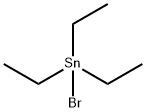
What is TRIETHYLTIN BROMIDE?
Chemical properties
colourless liquid
The Uses of TRIETHYLTIN BROMIDE
Triethyltin Bromide is used as an endocrine disrupting compound, inducing adipogenesis through RXR and PPAR╬│ activation.
General Description
Clear colorless liquid.
Air & Water Reactions
TRIETHYLTIN BROMIDE is sensitive to moisture. Slightly water soluble.
Reactivity Profile
TRIETHYLTIN BROMIDE is incompatible with strong oxidizers. Corrosive. .
Hazard
Moderately toxic by inhalation. A repro- ductive hazard.
Fire Hazard
TRIETHYLTIN BROMIDE is combustible.
Safety Profile
Moderately toxic by inhalation. Experimental reproductive effects. See also TIN COMPOUNDS and BROMIDES. When heated to decomposition it emits toxic fumes of Br-.
Properties of TRIETHYLTIN BROMIDE
| Melting point: | -13.5 °C |
| Boiling point: | 222-224 °C (lit.) |
| Density | 1.63 g/mL at 25 °C (lit.) |
| refractive index | n |
| Flash point: | 211 °F |
| form | liquid |
| color | colorless |
| Specific Gravity | 1.63 |
| Sensitive | Moisture Sensitive |
| Exposure limits | ACGIH: TWA 0.1 mg/m3; STEL 0.2 mg/m3 (Skin) NIOSH: IDLH 25 mg/m3; TWA 0.1 mg/m3 |
| Stability: | Stability Combustible. Incompatible with strong oxidizing agents. Moisture-sensitive. |
| CAS DataBase Reference | 2767-54-6 |
| EPA Substance Registry System | Stannane, bromotriethyl- (2767-54-6) |
Safety information for TRIETHYLTIN BROMIDE
| Signal word | Danger |
| Pictogram(s) |
 Skull and Crossbones Acute Toxicity GHS06  Environment GHS09 |
| GHS Hazard Statements |
H410:Hazardous to the aquatic environment, long-term hazard |
| Precautionary Statement Codes |
P262:Do not get in eyes, on skin, or on clothing. P264:Wash hands thoroughly after handling. P264:Wash skin thouroughly after handling. P273:Avoid release to the environment. P280:Wear protective gloves/protective clothing/eye protection/face protection. |
Computed Descriptors for TRIETHYLTIN BROMIDE
New Products
4-Fluorophenylacetic acid 4-Methylphenylacetic acid N-Boc-D-alaninol N-BOC-D/L-ALANINOL Tert-butyl bis(2-chloroethyl)carbamate 3-Morpholino-1-(4-nitrophenyl)-5,6-dihydropyridin- 2(1H)-one Furan-2,5-Dicarboxylic Acid Tropic acid S-2-CHLORO PROPIONIC ACID ETHYL ISOCYANOACETATE 2-Bromo-1,3-Bis(Dimethylamino)Trimethinium Hexafluorophosphate (6-METHYL-[1,3]DITHIOLO[4,5-b]QUINOXALIN-2-ONE INDAZOLE-3-CARBOXYLIC ACID 4-IODO BENZOIC ACID (2-Hydroxyphenyl)acetonitrile 4-Bromopyrazole 5,6-Dimethoxyindanone 2-(Cyanocyclohexyl)acetic acid 4-methoxy-3,5-dinitropyridine 2-aminopropyl benzoate hydrochloride 1-(4-(aminomethyl)benzyl)urea hydrochloride diethyl 2-(2-((tertbutoxycarbonyl)amino) ethyl)malonate tert-butyl 4- (ureidomethyl)benzylcarbamate Ethyl-2-chloro((4-methoxyphenyl)hydrazono)acetateRelated products of tetrahydrofuran
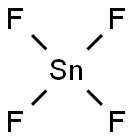
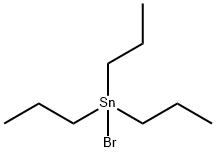
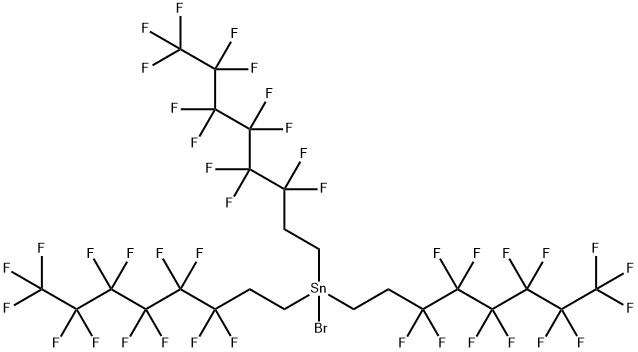

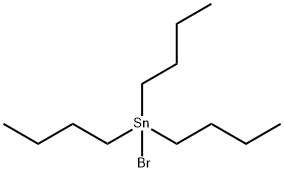
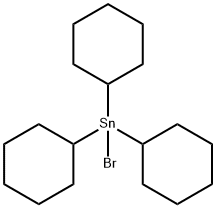

You may like
-
 Triethyltin bromide CAS 2767-54-6View Details
Triethyltin bromide CAS 2767-54-6View Details
2767-54-6 -
 2033-24-1 98%View Details
2033-24-1 98%View Details
2033-24-1 -
 1975-50-4 98%View Details
1975-50-4 98%View Details
1975-50-4 -
 2-HYDROXY BENZYL ALCOHOL 98%View Details
2-HYDROXY BENZYL ALCOHOL 98%View Details
90-01-7 -
 2-Chloro-1,3-Bis(Dimethylamino)Trimethinium Hexafluorophosphate 221615-75-4 98%View Details
2-Chloro-1,3-Bis(Dimethylamino)Trimethinium Hexafluorophosphate 221615-75-4 98%View Details
221615-75-4 -
 61397-56-6 CIS BROMO BENZOATE 98%View Details
61397-56-6 CIS BROMO BENZOATE 98%View Details
61397-56-6 -
 14714-50-2 (2-Hydroxyphenyl)acetonitrile 98+View Details
14714-50-2 (2-Hydroxyphenyl)acetonitrile 98+View Details
14714-50-2 -
 118753-70-1 98+View Details
118753-70-1 98+View Details
118753-70-1
Statement: All products displayed on this website are only used for non medical purposes such as industrial applications or scientific research, and cannot be used for clinical diagnosis or treatment of humans or animals. They are not medicinal or edible.